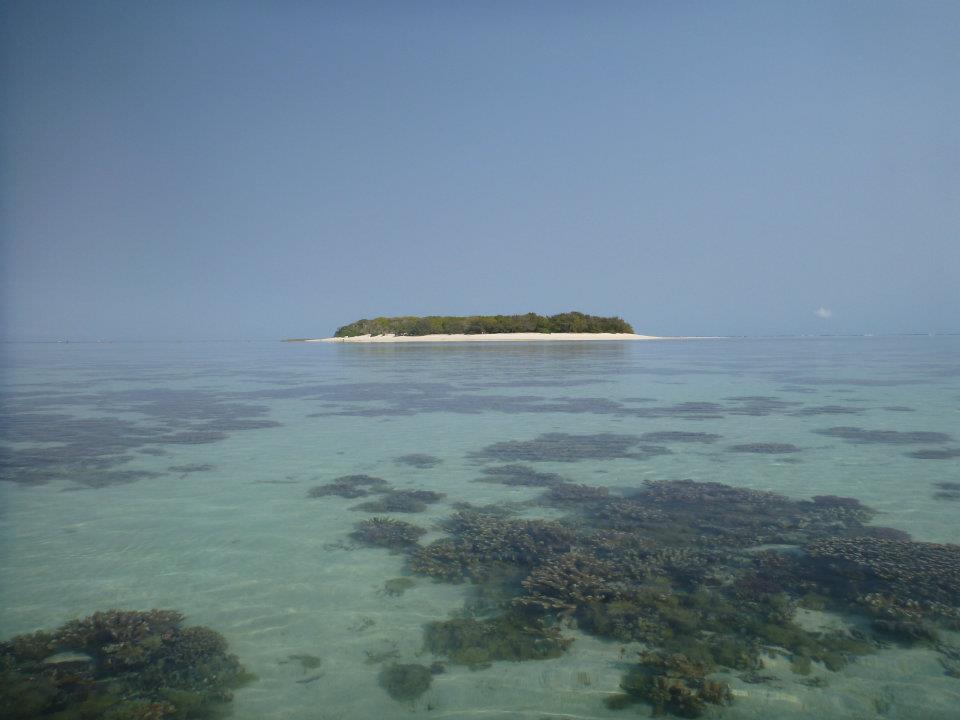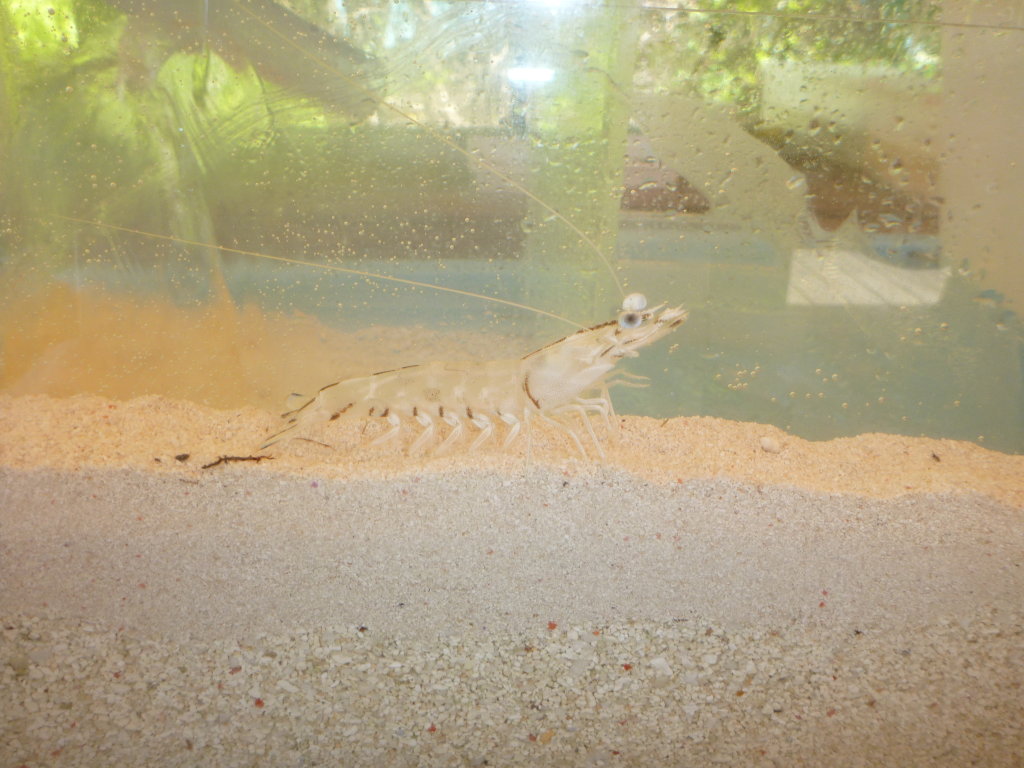Overview
Brief Summary
Distribution
Physical Description
Size
Identification Resources
Biology
Colour Change
Moulting
Reproduction
Ecology
Local Distribution and Habitats
Biogeographical Distribution
Coral lagoons; new nursery habitat?
Crypsis
Life History & Behaviour
Behaviour
Life Cycle
Feeding
Morphology and Physiology
External Morphology
Internal Anatomy
Molecular Biology & Genetics
Nucleotide Sequences
Molecular Biology
Commercial Importance
Commercial and Recreational fishing
Conservation
Trends
Threats
Wikipedia
References & More Information
Acknowledgements and Content Partners
Bibliographies
Picture Infomation
Biodiversity Heritage Library
Search the Web
Terms
Names & Taxonomy
Related Names
Synonyms
Common Names
Page Statistics
Content Summary | Possible new habitat.
Where are they going? Heron island observational study
Eastern king prawns are known to be more active at night (Griffiths 1999). Whilst on a night reef walk of the Heron Island reef flat , juvenile king prawns were observed in large numbers. This raised the question; where and what do they do during the day? An observational study was undertaken to answer this question specifically for prawns seen on heron island. As mentioned in the local distributions and habitat section prawns utilize a range of different habitats throughout their life cycle, this study only focused on the Heron Island prawns.
| |

|
|
| |
Figure 9: Heron Island lagoon, QLD.
|
|
Tank observations
Prawns were captured from the lagoon at night on the low tide, they were then put in a tank with coral rubble at one end and sand at the other. It was expected that prawns would utilize the coral rubble instead of the sand. To my surprise instead they buried in the sand and stayed away from the rubble.
Field observations
From the tank observations it was thought that these prawns must be using the sand patch areas between the coral. To further support this hypothesis, a field search was undertaken. This search was by snorkel and was completed over a 2 hour period, areas of coral and coral rubble were searched, as well as sand patch areas. During the first hour of the two hour period no prawns were found under coral. In the second hour, numerous prawns ranging in size 20mm to 70mm were found in the sand patch areas. These prawns were all considered to be juveniles.
The findings from this simple observational study support the idea that on Heron Island juvenile eastern king prawns are using the reef lagoon areas for shelter. At this point in time juvenile eastern king prawns utilizing reef flats and lagoons has not been mentioned in the published literature.
| |
 |
|
| |
Figure 10: Juvenile Eastern King Prawn, Heron Island QLD.
|
|
Discussion
Eastern king prawns use a number of different habitats throughout their life cycle (refer to life cycle section). There is little to no information regarding Eastern king prawns on the southern Great Barrier Reef. .Rothlisberg et al(1995) speculated that most larva in deeper water did not contribute to any coastal nursery ground along the northern part of Australia's east coast. This raises the question, if they aren't going to the estuaries where are these deeper water larva going? The findings from this study provide insight into a possible explanation. Instead of these individuals recruiting to the estuaries along the coast they are recruiting to coral lagoon areas.
Mangroves and sea grass systems have long been called nursery grounds for juvenile organisms. These nursery habitat's essentially provide structure and food (Skilleter et al. 2005) for juvenile organisms, but are reef lagoons so different? reef lagoons also provide structure and food for juvenile organisms. Obviously this is only preliminary findings and speculation, and further study would be needed ,but it is a start.
|
|